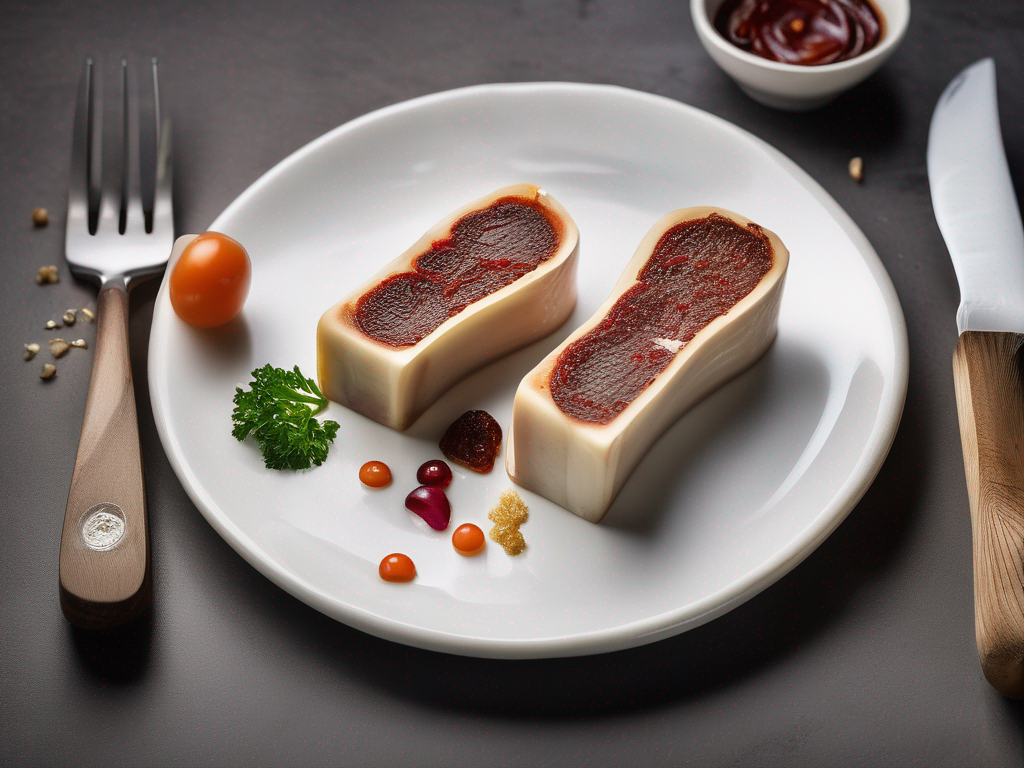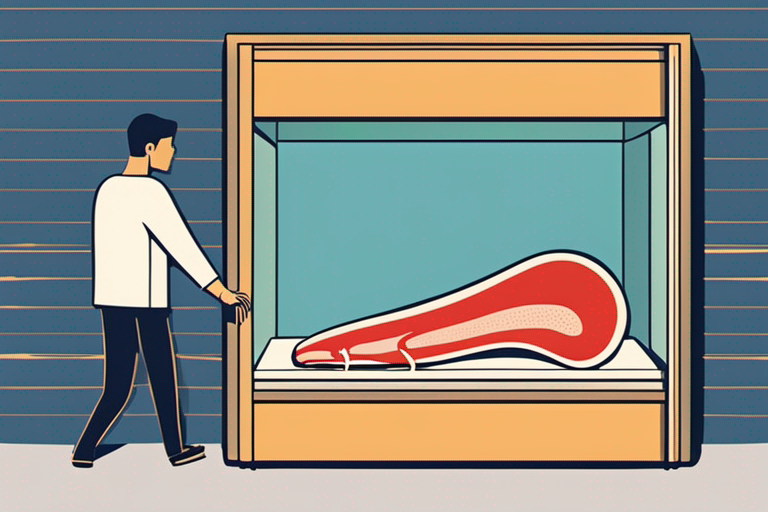
Signs that Bone Marrow has Gone Bad
Get Your Free Food Safety Cheat Sheet
30 most common foods with instant answers. Print it and stick it on your fridge—completely free!
Signs that Bone Marrow has Gone Bad
Have you ever purchased bone marrow, excited to add its rich flavor to your dishes, only to find that it has gone bad? Recognizing the signs of spoiled bone marrow is crucial for ensuring food safety and preventing foodborne illnesses. In this guide, we will explore the key indicators that bone marrow has gone bad and provide you with essential tips on how to store and handle it properly. (Bone marrow)
How to Identify Spoiled Bone Marrow
1. Appearance
- Color: Fresh bone marrow typically has a creamy white or pale yellow color. If you notice any discoloration, such as gray or green hues, it is a sign that the bone marrow has spoiled.
- Texture: Spoiled bone marrow may appear slimy or have a stringy texture. Fresh bone marrow should be smooth and creamy.
2. Smell
- Odor: Fresh bone marrow has a mild, slightly sweet aroma. If you detect a strong, unpleasant odor resembling ammonia or rotting, it is a clear indication that the bone marrow has gone bad.
3. Texture
- Consistency: When bone marrow spoils, its texture can become mushy or grainy. Fresh bone marrow should have a firm, gelatinous consistency.
4. Taste
- Flavor: Spoiled bone marrow will have a rancid or off-putting taste. If you notice any unusual or bitter flavors, it is best to discard the bone marrow.
Storage Tips for Bone Marrow
Proper storage is essential for maintaining the freshness and quality of bone marrow. Follow these tips to ensure that your bone marrow stays safe for consumption:
- Refrigeration: Store bone marrow in the refrigerator at a temperature below 40°F (4°C) to slow down bacterial growth.
- Air-Tight Container: Place the bone marrow in an airtight container or seal it tightly with plastic wrap to prevent exposure to air and moisture.
- Labeling: Clearly label the container with the date of purchase to track its freshness.
- Freezing: If you do not plan to use the bone marrow immediately, freeze it for long-term storage. Wrap it tightly in plastic wrap and place it in a freezer-safe bag or container.
- Thawing: When ready to use frozen bone marrow, thaw it in the refrigerator overnight to maintain its quality.
Safety Precautions When Handling Bone Marrow
Ensuring food safety is paramount when handling bone marrow to prevent contamination and foodborne illnesses. Follow these safety precautions when preparing and serving bone marrow:
- Cleanliness: Wash your hands thoroughly with soap and water before and after handling bone marrow to prevent cross-contamination.
- Cooking Temperature: Always cook bone marrow to an internal temperature of 145°F (63°C) to kill any harmful bacteria.
- Avoid Cross-Contamination: Use separate cutting boards and utensils for raw bone marrow to prevent cross-contamination with other foods.
Conclusion
Being able to recognize the signs of spoiled bone marrow is essential for maintaining food safety in your kitchen. By paying attention to the appearance, smell, texture, and taste of bone marrow, you can ensure that you are consuming fresh and safe food. Remember to store bone marrow properly in the refrigerator or freezer, follow safety precautions when handling it, and always cook it to the recommended temperature to enjoy this delicious ingredient without any worries. [Bone marrow](/food/bone marrow) is a versatile and flavorful addition to your culinary creations, so make sure to handle it with care to savor its unique taste. (Bone marrow)

Authoritative Food Safety References
These agencies and university labs inform every tip and health precaution we publish.
USDA FoodKeeper – Cold Storage Guidelines
Official refrigerator, freezer, and pantry timelines maintained by the U.S. Department of Agriculture.
Visit USDA FoodKeeperFDA Produce Safety Rule & Grower Guidance
Field-to-fridge handling practices that prevent contamination of fruits, vegetables, and leafy greens.
Visit FDA Produce SafetyCDC Foodborne Illness Prevention Hub
Surveillance-backed guidance on pathogens, symptoms, and steps to reduce foodborne illness risk.
Visit CDC Food SafetyUC Davis Postharvest Technology Center
University research detailing optimal storage atmospheres for produce after harvest.
Visit UC Davis PostharvestPenn State Extension – Home Food Preservation & Safety
Peer-reviewed extension bulletins on safe canning, chilling, and reheating practices.
Visit Penn State ExtensionHow can I tell if bone marrow has gone bad?
Can I still use bone marrow if it has been frozen and thawed?
How long does bone marrow last in the refrigerator?
Can I cook bone marrow to make it safe to eat if it has gone bad?
Is it safe to consume bone marrow that has a slightly off smell?
Get Your Free Food Safety Cheat Sheet
30 most common foods with instant answers. Print it and stick it on your fridge—completely free! Want more? Upgrade to the complete guide with 70+ foods.
Scan your food directly and get instant safety info using our AI-powered camera feature.